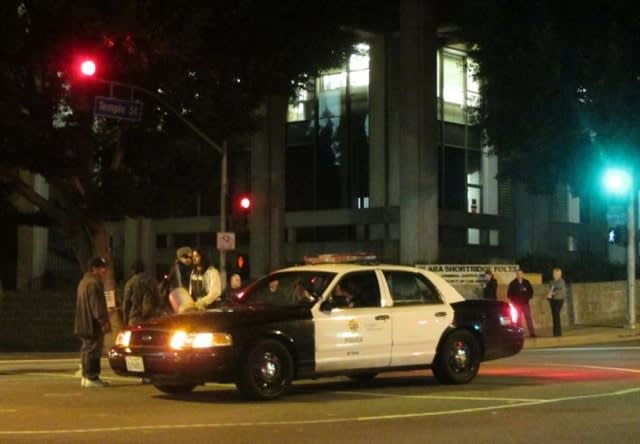Guess who the elected officials (or campus officials) send in to take down the tent cities and "evict" the protestors. (Do you have a mirror handy?)
All of the police actions in these matters are documented by huge numbers of amateur videos by the protestors and onlookers as well as the usual media videos. There probably isn't one "best way" to handle these matters. Each situation is different.
Recently at the University of California at Davis, public outrage was provoked by a YouTube moment featuring officers pepper-spraying demonstrators, who were passively sitting on the ground. At U.C. Berkeley, officers used batons on protestors who were actively resisting but not attacking; the officers were not equipped with pepper spray for crowd control. The Oakland police contended with significant riotous behavior, and a variety of weapons and tactics were deployed.
In Los Angeles, the police communicated for weeks with the protestors while devising a unique plan, intentionally different from the usual skirmish line "move'em out" tactics. A couple of nights after the mayor ordered the tent city to be taken down and the protestors taken out, after midnight on Nov. 30, more than 1,000 officers swiftly descended on the large group from unexpected locations. The result was that "Occupy LA" protestors were dispersed without significant use of force, even though nearly 300 were arrested.
It's time to brush up on your agency's crowd control policies, training, equipment, and tactics.












